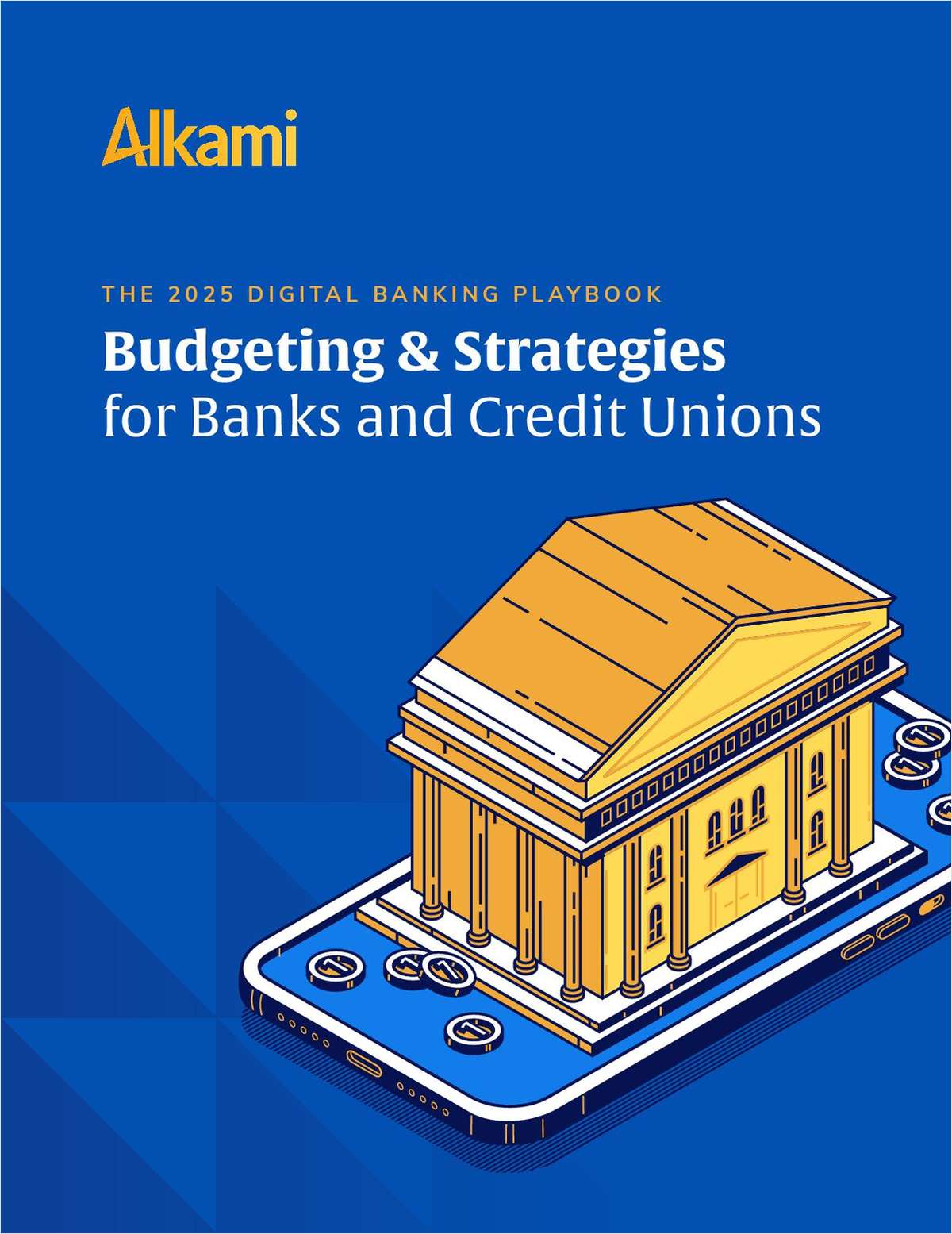LYNCHBURG, Va. - Bankers in Virginia have another piece of ammunition in their arsenal to use in their attempt to convince state and federal legislators that credit unions should be taxed: a study conducted by a former Crestar Bank chief economist and senior vice president that examines the competitive environment between banks and credit unions and which finds, among its results, that the largest credit unions - those with more than $100 million in assets - appear to be so similar to banks in terms of the services they offer that they should be taxed like banks. An Assessment of the Competitive Environment Between Credit Unions and Banks prepared by Dr. Christine Chmura of Chmura Economics and Analytics for The Thomas Jefferson Institute for Public Policy also suggests that credit unions be subject to CRA-like regulation to determine the level to which they meet the financial needs of those of "modest means." In the study's forward, Institute Chairman and President Michael Thompson wrote: "One of the fascinating and on-going debates within the financial community is the potential challenge that credit unions pose to commercial banks and the preferential tax treatment credit unions receive under the current law." Thompson - who also worked at one time at the Federal Home Loan Bank Board as administrative assistant to one of the three regulators of the savings and loan industry - specifies three areas he opined "need to be carefully monitored to ensure that credit unions continue to serve the communities as was intended": * "There is preliminary evidence that credit unions are not serving the communities of `modest means' to the extent intended.Because serving those of `modest means' is a key reason for credit unions to exist under current tax law, this aspect should be carefully monitored in the future." * "Presidents in the past 25 years from two separate political parties -Democrat Jimmy Carter and Republican Ronald Reagan - suggested that credit unions be taxed in a similar manner as banks. Although Congress disagreed, the fact that both of these presidents agreed on this matter indicate that this issue needs further review." * "Congress has expanded the `membership base' for credit unions far beyond the original intent allowing the asset size of some credit unions to match that of large community banks and to offer many of the same services. As such, this study suggests that these mega-credit unions be reviewed from time to time to see if they should be taxed at a similar rate as their commercial bank peers." Thompson's "objective look" at the situation includes an overview of the historical policies and changes in the environment between credit unions and banks, and goes on to provide a description of the similarities and differences between the two. For example, it discusses the Federal Credit Union Act of 1934, including a federal credit union timeline leading up to and ending with the 1998 passage by Congress of H.R. 1151. It continues to discuss the evolution of the National Credit Union Share Insurance Fund, NCUA's adoption - and subsequent repeal- of the Community Action Plan (CAP), the cooperative, non-profit justification for CUs' tax exemption. To emphasize his point that "credit unions (particularly those with more than $100 million in assets) are becoming more similar to banks," the study includes a detailed chart of services provided by credit unions by 12 asset size groups ranging from $0-$2 million to more than $500 million, as well as all CUs. The study also addresses the question "did CUMAA lead to faster credit union growth?" by analyzing trends in size (assets) and interestingly concludes that "since bank deposits grew at a faster rate than those at credit unions, it is difficult to conclude that the CUMAA gave credit unions a competitive advantage over banks." The study further recognizes that as consumers who had money invested in the stock market diverted funds into insured instruments at financial institutions when Wall Street went soft, "trends suggest that banks probably benefited more than credit unions" from this. "When viewed in aggregate, credit unions and banks have clearly become more similar both in terms of services provided and regulations imposed," the study states. "In light of the National Community Reinvestment Coalition (NCRC) study and a lack of National Credit Union Administration (NCUA) regulations pertaining to the enforcement of low income community needs on the part of credit unions, it appears that the focus of credit union activity has strayed from its initial purpose of helping people of modest means meet their credit needs.From this perspective, a Community Reinvestment Act (CRA)-like regulation that ensures credit unions are fulfilling the public purposes of serving individuals of modest means is an appropriate policy to measure credit union compliance," the conclusion reads. The conclusion also recognizes that banks and credit unions "are fundamentally different organizations," and therefore taxing all credit unions "is not warranted. However, a segment of credit unions, most notably some of the largest credit unions, and particularly those that have aggressively used multiple and community common bonds to grow, appear to have become indistinguishable from banks." It further adds that, "If a change in policy causes some credit unions to become subject to taxation, however, they should also enjoy all benefits of banks." -
Complete your profile to continue reading and get FREE access to CUTimes.com, part of your ALM digital membership.
Your access to unlimited CUTimes.com content isn’t changing.
Once you are an ALM digital member, you’ll receive:
- Breaking credit union news and analysis, on-site and via our newsletters and custom alerts
- Weekly Shared Accounts podcast featuring exclusive interviews with industry leaders
- Educational webcasts, white papers, and ebooks from industry thought leaders
- Critical coverage of the commercial real estate and financial advisory markets on our other ALM sites, GlobeSt.com and ThinkAdvisor.com
Already have an account? Sign In Now
© 2025 ALM Global, LLC, All Rights Reserved. Request academic re-use from www.copyright.com. All other uses, submit a request to [email protected]. For more information visit Asset & Logo Licensing.









